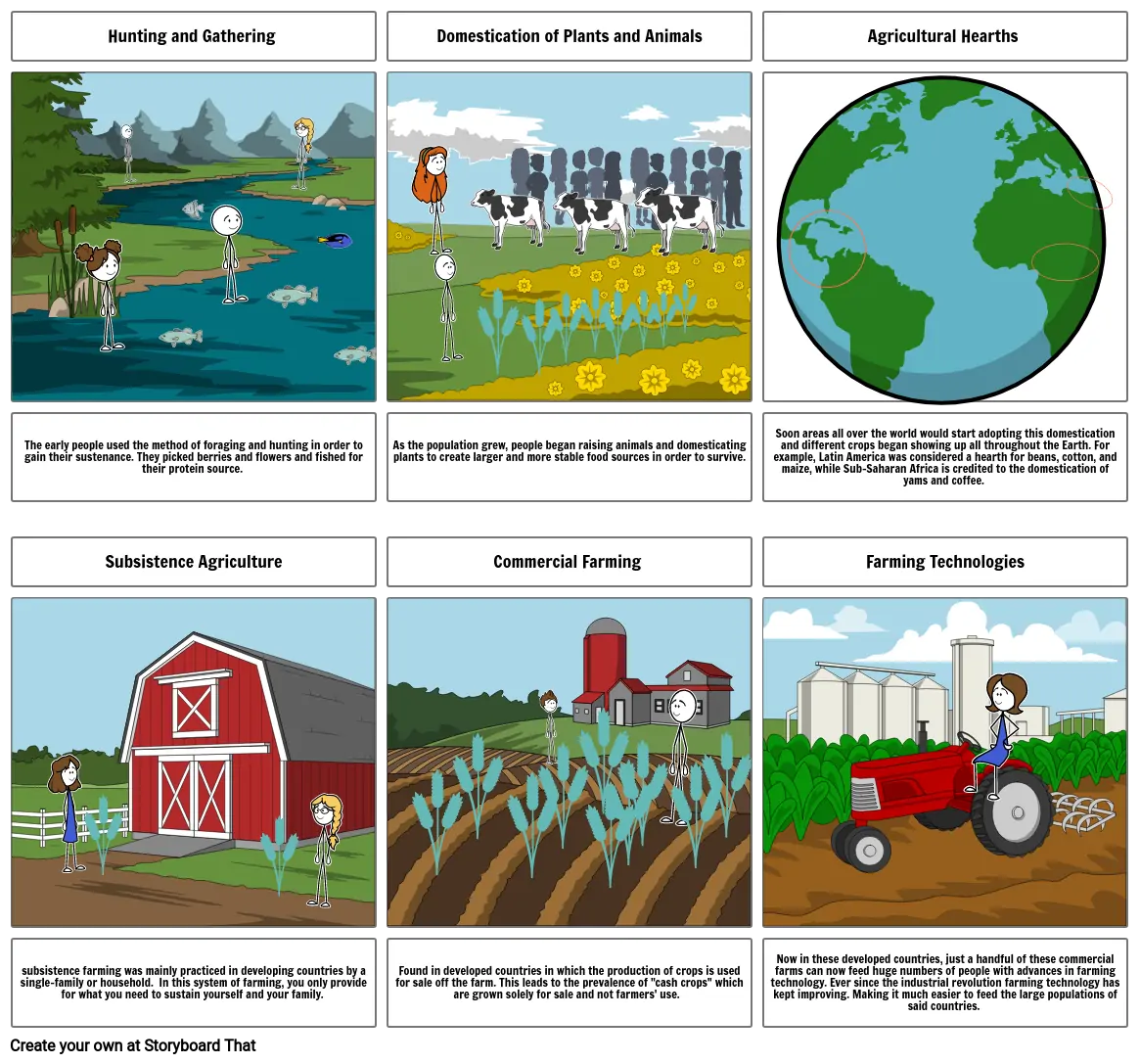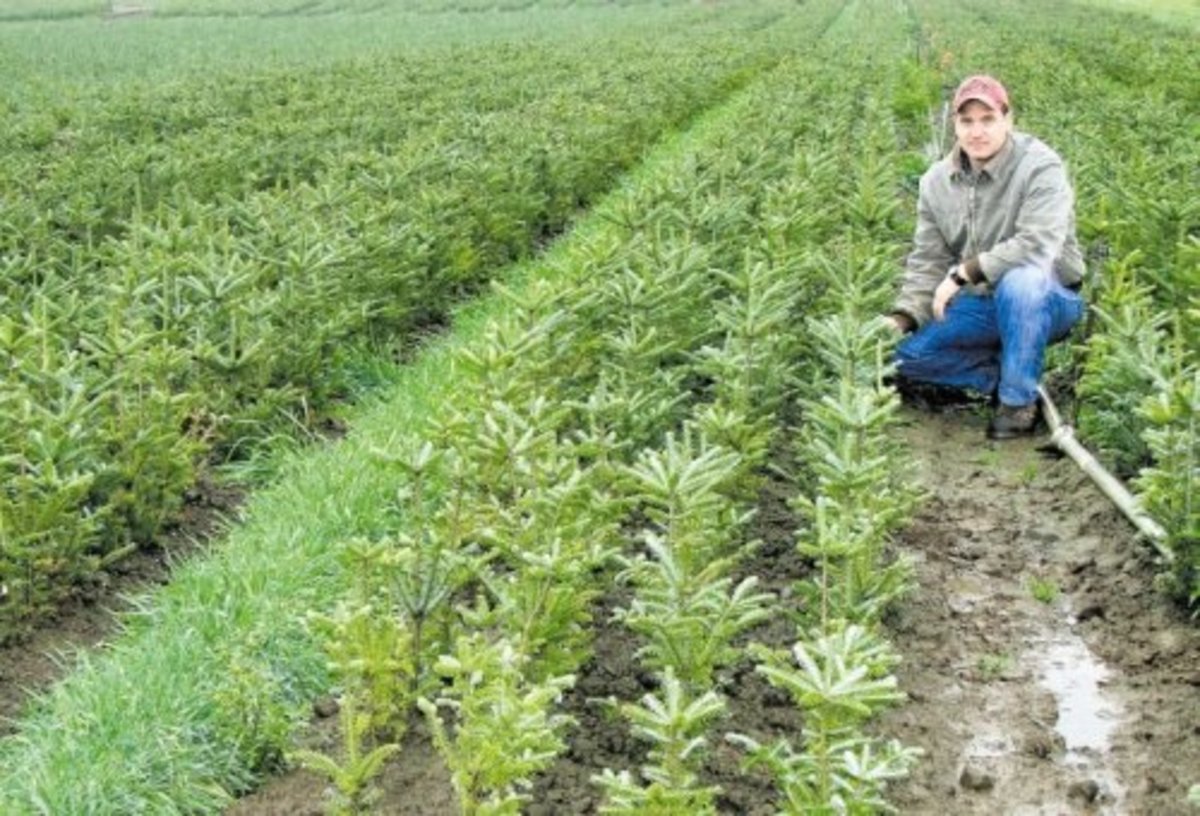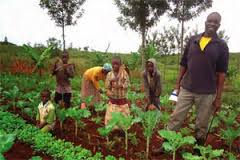An Extensive Look at the Challenges and Advantages of Modern Agriculture
Modern farming stands at the crossroads of technology and sustainability, offering a plethora of obstacles and chances. The course onward requires a careful examination of these characteristics, welcoming stakeholders to consider the possibility for transformative change in farming techniques and policies.
Technical Improvements in Farming
Technological innovations in farming have actually revolutionized the farming market, driving increased performance and efficiency. Advancements such as precision automation, biotechnology, and farming have changed conventional farming techniques, permitting even more sustainable and rewarding procedures. Precision farming utilizes GPS innovation, sensing units, and information analytics to maximize field-level administration regarding plant farming. This strategy makes it possible for farmers to apply inputs like water, fertilizers, and chemicals more deliberately, lowering waste and decreasing expenses while boosting returns.
Automation in farming has actually further driven the sector forward, with the introduction of independent tractors, drones, and robotics. These technologies lessen labor needs and increase operational speed, enabling timely planting and harvesting. Drones, particularly, give valuable airborne imagery and information, aiding farmers in keeping track of plant health and discovering concerns early.
Biotechnology has actually also played a pivotal duty in advancing agricultural methods. Jointly, these technological advancements have actually laid the groundwork for a more durable and sustainable farming future.
Ecological Challenges
Farming deals with a number of ecological obstacles that threaten its sustainability and productivity. One of the main worries is the degradation of dirt health and wellness as a result of intensive farming techniques that deplete important nutrients and lead to disintegration. The overuse of chemical plant foods and chemicals additionally exacerbates this problem, contaminating water sources and reducing biodiversity. Subsequently, the long-term stability of agricultural land is endangered, necessitating the fostering of even more sustainable practices.
Water shortage is an additional significant obstacle, especially in areas where agriculture heavily counts on watering. Environment change is escalating this issue, altering rainfall patterns and raising the frequency of droughts. Effective water administration systems, such as drip watering and rainwater harvesting, are critical to alleviate these results, yet their application continues to be unequal throughout various regions.
Moreover, farming is both a factor and a sufferer to climate adjustment. Attending to these environmental obstacles is crucial for guaranteeing a lasting agricultural future.

Economic Impacts
The financial influences of modern agriculture are multifaceted and profound, affecting both neighborhood and global markets. Developments in technology and production approaches have actually substantially raised agricultural efficiency, leading to extra efficient food supply chains and lowered prices for customers.
The capital-intensive nature of modern-day farming needs significant investment in equipment, plant foods, and genetically changed seeds, which can be economically difficult for small-scale farmers. Additionally, global market variations can influence the earnings of agricultural exports, making economies reliant on farming susceptible to financial instability.
In addition, subsidies and profession policies in developed countries can distort market prices, influencing competitive equilibrium and potentially disadvantaging farmers in establishing countries. Generally, while modern farming drives economic growth, it also requires navigating complex financial landscapes to make sure equitable and their website sustainable advancement.
Social Implications
While modern-day agriculture has actually caused considerable advancements, it additionally presents different social effects that require factor to consider. One major concern is the variation of small-scale farmers as a result of the increase of large agricultures. As business farming entities increasingly control the agricultural landscape, smaller farms usually battle to complete, resulting in the disintegration of rural communities and typical farming techniques. This change can lead to a loss of local knowledge and social heritage that smaller ranches sustain.

Such practices might additionally limit consumer selections and minimize the capability of regional communities to control their food sources. As these social implications unfold, it comes to be critical to address them to guarantee lasting and fair agricultural advancement.
Future Directions
Looking ahead, a number of appealing methods for modern-day farming could address the challenges dealt with today while promoting lasting development. Advances in technology, such as precision farming, provide the prospective to optimize resource use and increase efficiency.
Biotechnology also holds immense guarantee for the future of agriculture. Genetically modified organisms (GMOs) and gene modifying techniques, like CRISPR, could enhance plant strength versus climate modification, bugs, and illness, therefore improving food safety and security. Expanding crop ranges to include even more nutrient-dense and climate-resilient choices could bolster both eco-friendly security and human nutrition.

Verdict
Modern farming, characterized by technical innovations, provides both chances and challenges. While innovations such as accuracy farming and biotechnology improve productivity and sustainability, they also add to environmental issues like dirt deterioration and water scarcity. The financial effects are significant, leading and affecting small farmers to wider social implications. Resolving these complexities calls for a shift towards lasting methods that stabilize efficiency with environmental stewardship and social equity, consequently guaranteeing a resistant future for worldwide farming systems.
Modern farming stands at the click to read crossroads of technology and sustainability, presenting a wide range of challenges and opportunities. Additionally, worldwide market variations can impact the success of farming exports, making economies reliant on agriculture vulnerable to financial instability.
In addition, the intensive use of modern technology and mechanization in farming has actually led to a decline in agricultural employment opportunities.Looking ahead, a number of encouraging methods for modern agriculture could deal with the obstacles encountered today while cultivating lasting growth. commercial farming vs subsistence farming.Modern agriculture, characterized by technological improvements, offers both difficulties and chances